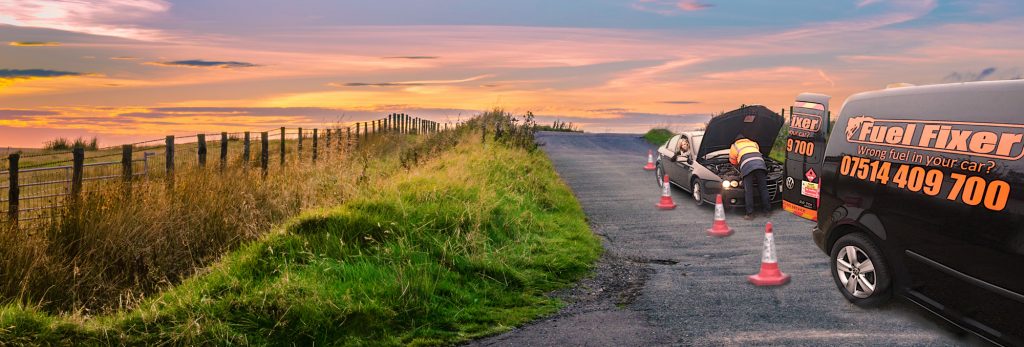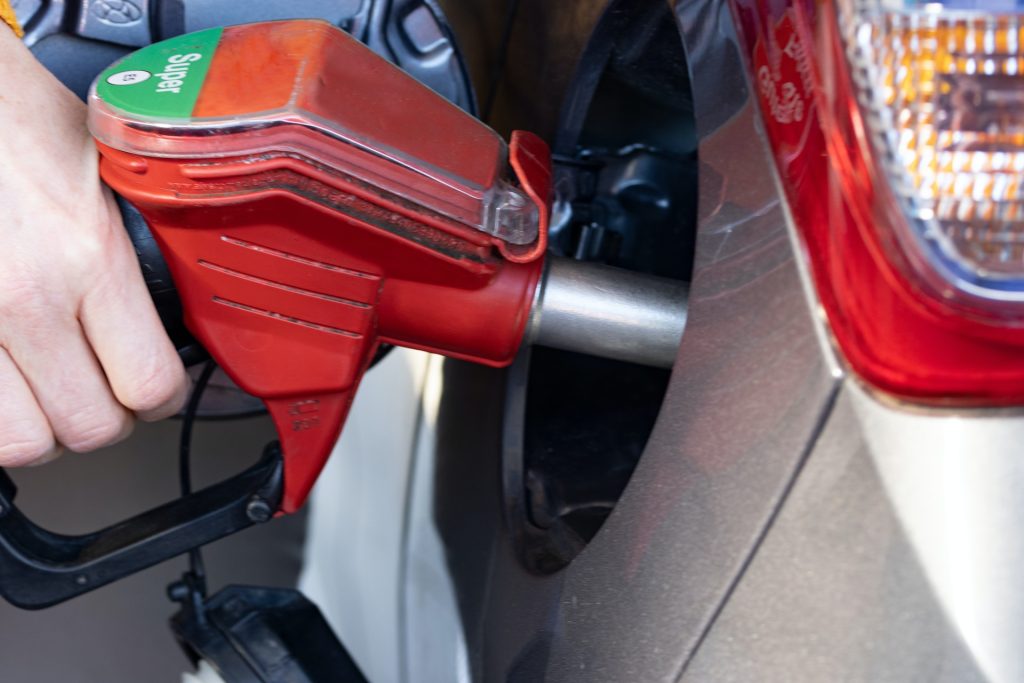More info about fuel drains,
Until the early 1990’s most cars had metal fuel tanks, these were prone to leaking, and also rusted, the rust caused a sludge.
The sludge is drawn into the fuel pump when the tank was nearly empty thus damaging it. Hence why most drivers over 50 are very careful not to run around on a near empty tank…
However after the early 1990’s with the introduction of plastic fuel tanks, the sludge (tank rust & debris at bottom of tank) problem was no longer an issue, plastic tanks did not deteriorate, nor did they leak at the seams. This was a common fault in old metal fuel tanks.
Fuel tanks are now made into more complicated shapes that hug the bottom of the car and use every available nook and cranny as a result of plastic being shaped more intricately than steel.
All modern cars now have plastic fuel tanks.
The one downside is that metal tanks all had a “drain plug” – (much like an oil sump plug) which was a bolt at the bottom of the tank which you undid to drain the contents, this was necessary because when tanks had welding to fix leaks, or needed sludge removed they would need fully drained. (and often filled with water before welding) modern tanks need neither and the car makers didn’t figure on the misfuelling problem in tank design.
However if you misfuel and your car has a metal tank, chances are it will have a drain plug this makes draining very easy to do and is straightforward. The problem you have to solve is to get the car high enough so that you can get under it with containers, 25 litre drums and a funnel on top is best, but the car needs to be about metre off the ground, and also level (I put that in bold for a reason), of course an inspection pit is the best solution.
If you are going to do this yourself please heed the following
1) Make sure you have suitable containers, and enough of them, 25 litre plastic drums or 20 litre jerrycans. Do not skimp on containers, have more than you need.
2) Petrol and petrol VAPOUR (if need more info) is flammable, it is heavier than air, so if you are working in a pit and spill a bit of fuel, take comfort in the fact that the little spill is now dispersing into a highly explosive gas sitting in the bottom of the inspection pit just waiting for a source of ignition, dont worry if it is all fine today – the gas will be there tomorrow, and the next day – and the next, so only work in a very well ventilated environment, and don’t spill any.
3) Most importantly, PUT THE DRAIN PLUG BACK IN WHEN YOU FINISH
4) duck ponds, children’s playgrounds, neighbours gardens, motorway hard shoulders, nature reserves, manhole covers, watercourses, street drains, sewers and swing parks are NOT suitable places to empty a fuel tank by simply draining it onto the ground. Doing so earns you a years free accommodation in a very secure environment with set meal and exercise patterns and lots of “me time” – Simply call your local council and find a waste oil recycling collection point, your local garage will often have a facility to dispose of misfuel, or they would know someone who would take it off your hands and put it to good use.
Give us a call if you have put the wrong fuel in your tank.

